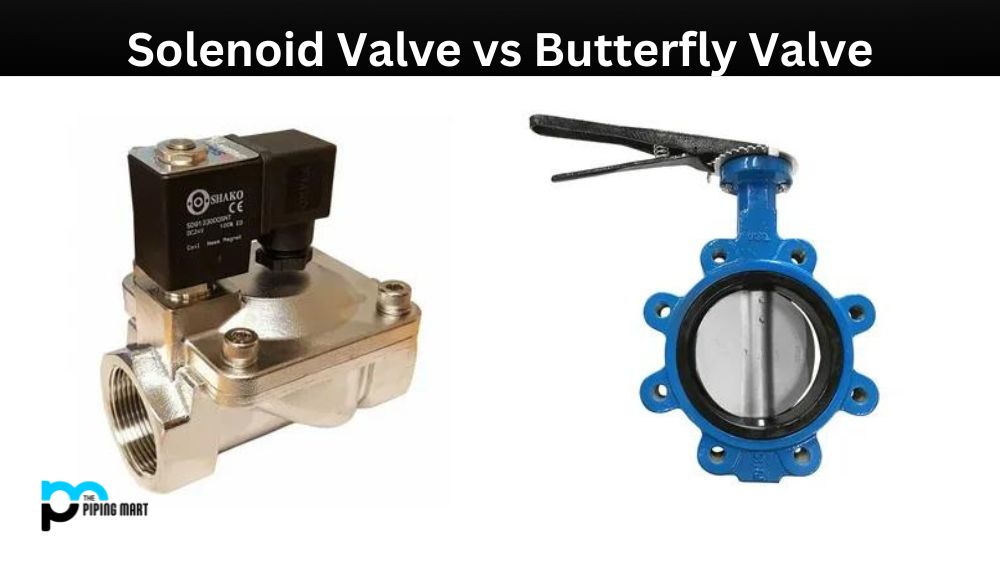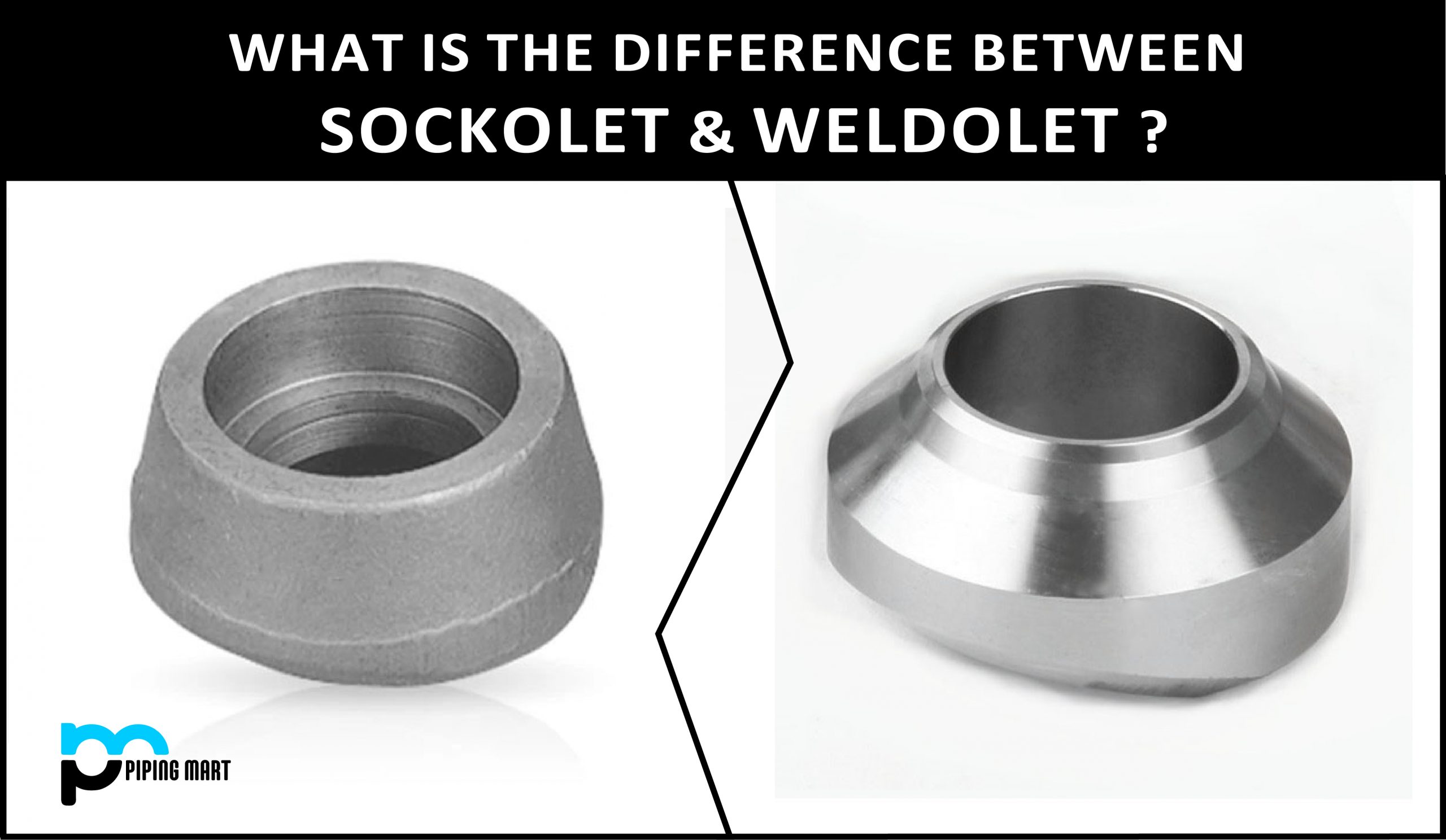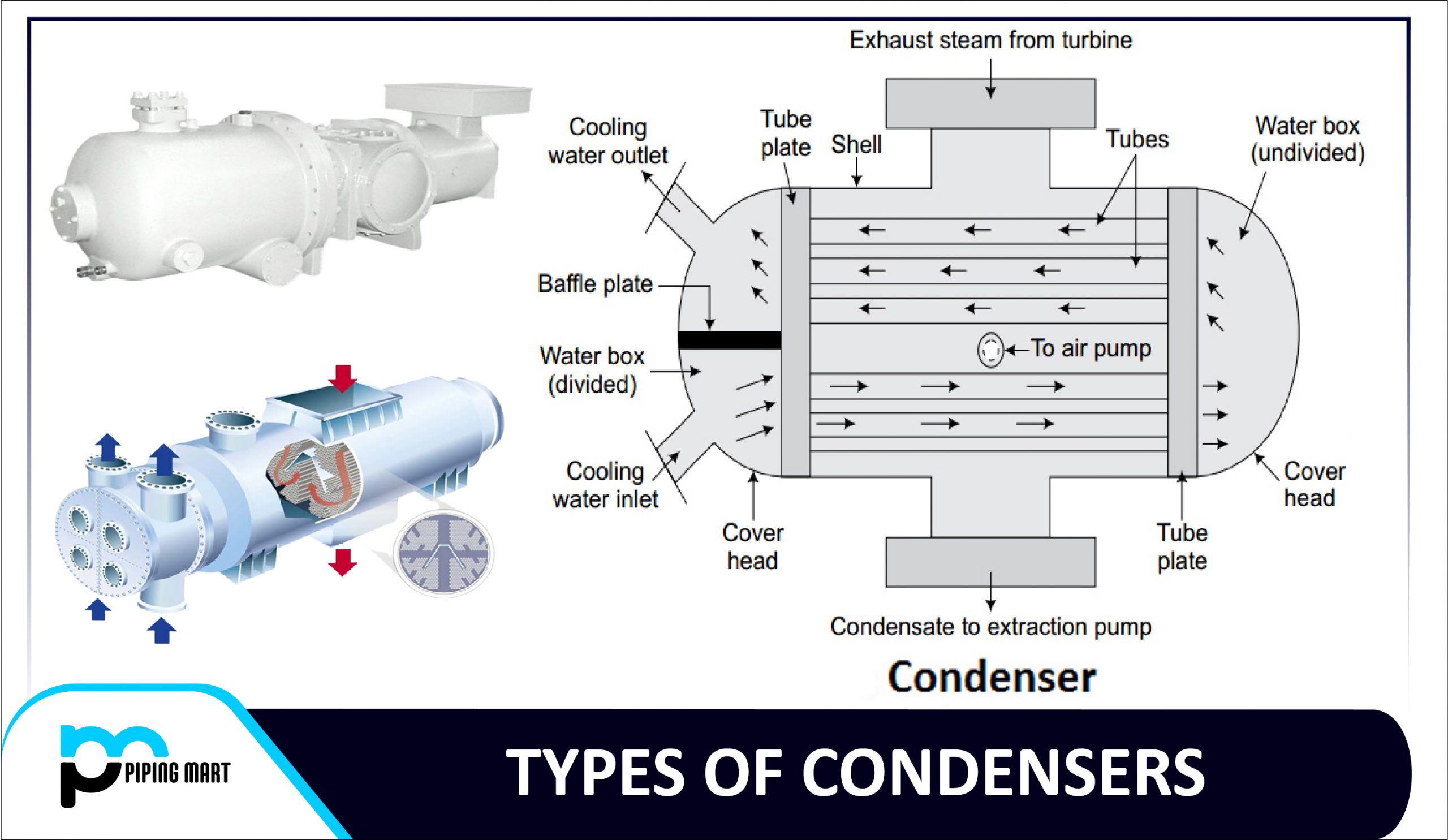When controlling the flow of fluids in various applications, valves play a crucial role. Different types of valves are available to cater to specific needs, including solenoid and butterfly valves. Although both types of valves control flow, they have distinct differences. In this post, we will compare the solenoid and butterfly valves to help you determine which valve best suits your application.
What is Solenoid Valve?
A solenoid valve is an electromechanical device that controls the flow of liquids or gases. It consists of a cylindrical coil wrapped around a movable core, which is actuated by an electric current that opens and closes ports within the valve body. Solenoid valves are widely used in various industrial applications such as water treatment, chemical processing, air conditioning and heating systems, automotive components and machine tools.
What is Butterfly Valve?
A Butterfly Valve is a type of quarter-turn valve that utilizes a circular disc, or what is referred to as a “butterfly,” that rotates within the valve body to open or close the flow of media inside.
Difference Between Solenoid Valve and. Butterfly Valve
Operating Principle:
Solenoid valves operate using electromechanical principles, which means an electronic signal from a controller controls them. When the controller sends an electric signal, the solenoid valve opens or closes the valve’s plunger, allowing or restricting the flow of fluids.
Butterfly valves, on the other hand, operate through mechanical means. They typically rely on a disk-shaped disc that rotates to control the fluid flow.
Application:
Solenoid valves are commonly used in applications that require quick actuation, such as in the automotive industry for fluid control in transmissions and engines. Refrigeration systems also use solenoid valves for controlling the refrigerant flow.
Butterfly valves are widely used in industrial applications that involve transporting large volumes of fluids, such as water treatment plants, power plants, and petrochemical plants. They are also used in the food and beverage industry and HVAC systems.
Flow Control and Pressure Drop:
Solenoid valves provide precise flow control and high flow rates, making them ideal for applications that require quick on/off cycles. However, they may need to be more suited for large flow rates.
Butterfly valves can handle high flow rates and are suitable for large piping systems, making them an excellent choice for industrial applications. They tend to have a higher pressure drop than solenoid valves and, hence, are not recommended for low-pressure applications.
Maintenance:
Solenoid valves have few moving parts, making them easy to maintain and repair. The valve parts are easily accessible, and most solenoid valves can be repaired or replaced without special tools.
Butterfly valves are relatively easy to maintain but can be more complex than solenoid valves due to their size and mechanical components. In some cases, maintenance may require an experienced technician to perform repairs.
Cost:
Solenoid valves are less expensive than butterfly valves due to their simpler design and fewer components. They also have lower maintenance costs and are generally more affordable for smaller applications.
Butterfly valves are more complex and have higher manufacturing costs; hence, they are pricier than solenoid valves. They also require more maintenance, which can add up to higher costs over time.
Selecting the Right Valve
Choosing the right valve depends on the particular application. Solenoid Valves and Butterfly Valves are great at regulating the flow of fluids, but they differ in functionality, size, and power consumption. It is advisable to consider several factors, such as the size of the pipeline, pressure requirements, flow rate, and operating temperature, among others.
Conclusion:
Solenoid and Butterfly Valves are essential components in several industrial processes. Understanding the differences between these two types of valves is critical to your systems’ smooth and efficient operation. So, whether you opt for a Solenoid Valve or a Butterfly Valve, consider your application’s specific needs to make the best choice for your operations.

Hey, I’m Krutik, a casual blogger expert in the metal industry. I am passionate about providing valuable information to my readers. With a background in engineering and construction, I like playing Cricket & watching Netflix shows in my free time. Thank you for visiting my blog, and I hope you find my information helpful!




